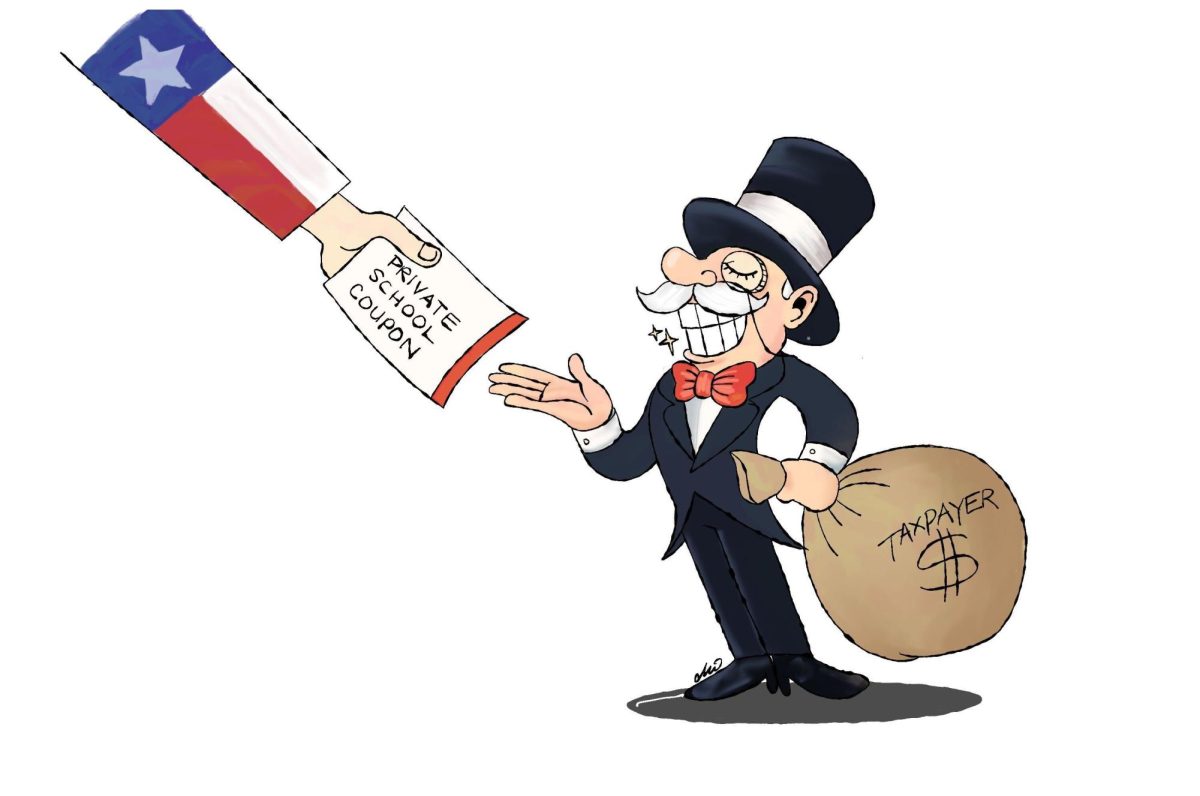Life as we know it is — simply put — chaotic. Between work, human kids or furry ones, doctor’s appointments and laundry, there isn’t much room for free time. As some may know, the 9-to-5 workday (cue Dolly) was introduced during the 1920s, most notoriously by auto magnate Henry Ford.
It was a revolutionary change to the then-workforce. Previously, workers received only one day off, worked for nine hours each day and were paid $2.34 an hour. Adjusted for inflation, and intended to pay for an entire male-dominated household, the wages were $32.62 an hour. Ford implemented a five-day and 40-hour workweek offering $5 a day. For the mid-1920s, this was a profound but trailblazing business move that has stuck with Americans for over a century. Just like the assembly line, Ford set the national standard.
100 years ago, men went to work while women stayed at home. Now, in the 21st century, almost 60% of families have both parents employed. Financial and societal expectations and standards have rapidly changed since the 1920s. A two-day weekend doesn’t even come close to allowing American employees a chance to take a breather.
And it needs to come to its end.
To start, mental health has been shown to decline exponentially in relation to more intensive jobs. A study conducted by Mental Health America found that almost 83% of respondents said they felt emotionally drained from work. From those who reported they felt emotionally drained, over 99% of them said their workplace negatively affects their mental health.
Simply stated, a two-day weekend isn’t enough to recharge.
On Saturdays, most people are stuck grocery shopping, folding laundry, running errands, etc. On Sundays, they’re playing catch-up on work and probably more errands, leaving little time for any sort of relaxing “me time.” Then come Monday through Friday again, they’re back to the office — missing their kids’ ballet recitals or having FOMO while their college friend group is having a blast on vacation.
Since the outbreak of the COVID-19 pandemic, the entire globe has shifted its take on how work can be done. Through virtual and hybrid work environments, studies have shown the exceptional benefits of more time away from the office. In one survey, 48.7% of the 17,000 respondents said they would prefer to work from home at least once a week. That’s an overwhelming amount of people. However, this doesn’t disregard the 23.9% of people who said they wouldn’t like to work from home post-COVID-19.
It’s a lifestyle that works for a lot of people and doesn’t work for some people. For some, working from home eliminates the pressure of balancing child care, work and all the in-betweens. But it can also negatively affect an extroverted person who loves spending time in their office.
Working from home isn’t for everyone. However, these past (almost) two years have proved that it is possible to be flexible with how and where employees work. It could be the solution to the increasingly growing labor shortage or more accurately, worker strike.
The rules and guidelines are archaic.
Hybrid jobs or a shorter workweek is a step in the right direction. The data shows exactly what people are wanting. If it’s working from home, well, fortunately, the globe is already well versed in that. If employees want to come in, then there’s an office waiting.
The American people have already been given a taste, and it would be wrong to take food away from a hungry bear. With 10.6 million job openings available, it may be worth taking a look at how our country views a traditional work setting.
The four-day workweek is making headway across the globe.
Specifically, a New Zealand-based company established a foundation geared toward researching ways to promote workplace well-being. Founders Andrew Barns and Charlotte Lockhart have found that 78% of employees felt happier and less stressed while working four days a week. Additionally, 63% of businesses found it easier to maintain their employees with a four-day workweek.
These workplace style changes could even benefit recent college graduates. Post-graduation depression is rarely discussed, let alone researched, considering the incredibly difficult transition from the flexibility and social center that is college to the potential isolation in a new environment with little time to do anything but work.
Working hybrid or four days a week would give recent grads an opportunity to take in their new life transition and learn to enjoy the new things around them. It’s hard enough moving and starting a new job after college, why not make the transition smoother so their productivity increases?
The data shows that good comes out of employers being flexible and allowing the American workforce to live a comfortable life. There isn’t much to complain about when productivity increases along with employee satisfaction.
Ford found success 100 years ago with the 40-hour week and 100 years later, America has forged a new way of success.
Sorry, Dolly, but working 9 to 5 isn’t a way to make a living anymore.
Kaelin Connor is a psychology senior and opinion columnist for the Battalion.















